Psympoplasty is a special surgical procedure used to correct congenital or nasal defects, as well as the total increase in the missing parts of the nose.
The operation of rhinoplasty involves the surgeon changing the nasal parameters by invading the nasal bone frame.
The main task of this operation is to return the correct shape of the nose to someone who was born with a disease or a pre-natal violation due to a nose injury.
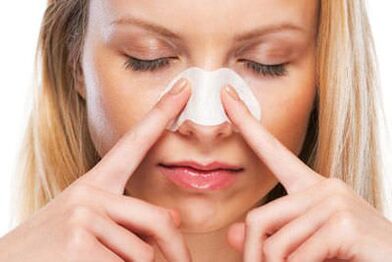
Types of rhinoplasty
Today, the world uses this type of nose cannulation:
- Diaphragmoplasty;
- closed rhinoplasty;
- open rhinoplasty;
- Rhinoplasty for secondary sexual behavior;
- Rhinoplasty without surgery;
- Rhinoplasty when using fillers;
- Rhinoplasty with special adjuvant drugs;
- Psychoplasty using APTOS line.
Diaphragm dysplasia
Diaphragmoplasty is a surgical intervention that itself is the task of eliminating defects in the nasal septal—the displacement of cartilage and bones, which interferes with normal function and the aesthetic type of the nose.
Indications for human diaphragmplasty:
- There is no obvious cause of constant nasal congestion;
- Snoring;
- nasal development defects or partial areas of the nose;
- Constant or periodic nasal bleeding;
- The presence of chronic sinusitis;
- general deformation of the nose;
- The result of a nose injury prevents normal respiratory function.
Contraindications for diaphragmoplasty:
- The presence of diabetes;
- Too many twists in the nasal septum;
- The existence of cardiovascular disease.
Closed rhinoplasty
With open rhinoplasty, it is easier to tolerate closed rhinoplasty as a procedure. This process is performed through the passage of the nose, i. e. the cutting is performed directly inside the nose.
This surgery has many advantages for the patient, but is very inconvenient for the surgeon, as any surgeon is more likely to perform surgery in an accessible area of operation. Therefore, there are more opportunities for medical errors in closed rhinoplasty plastics, so what complications or other problems may occur in patients.
Advantages of closed rhinoplasty:
- The duration of the surgery is much smaller than that of open rhinoplasty.
- The nasal tissue does not cut on the surface of the nose and on smaller sized cuts;
- It is unlikely that scars will appear;
- The edema after surgery is smaller;
- The results of the operation a few days ago were visible.
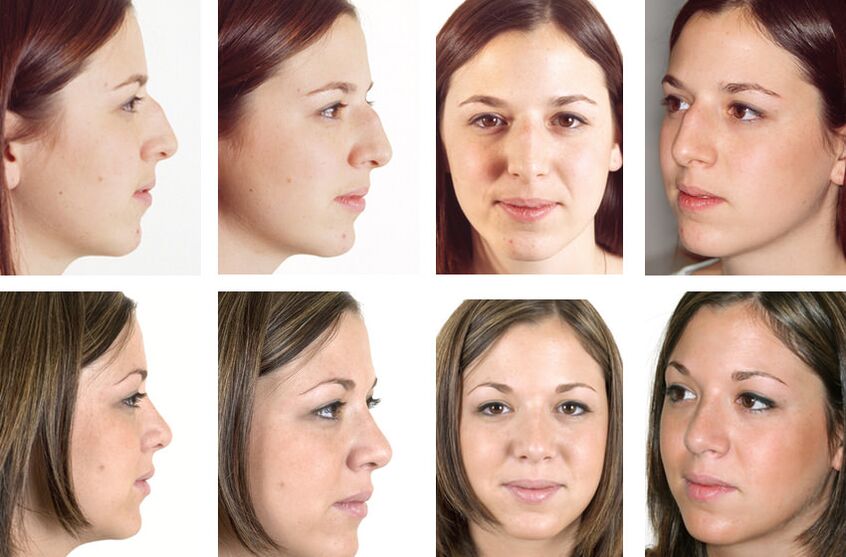
Indications for closed rhinoplasty:
- Aesthetics (curves, ugly shape of the nose, deformation of the nose, etc. );
- Medical (nose injury, short breathing due to incorrect structure of the nose).
Contraindications to this operation:
- The patient's mental illness exists;
- The patient's desire for final results is insufficient;
- The existence of any rhinoplasty disease is contraindicated;
- The patient had earlier implemented several failed rhinoplasty plastics, which greatly deformed the soft tissue of the nose.
Since closed rhinoplasty is a rather complex procedure, patients may have the following complications:
- Inflammation of nasal tissue;
- Scar formation (very rare);
- The formation of pigmentation on the skin can exist forever;
- bleeding;
- nosebleed;
- Swelling or hematoma around the nose;
- Incorrect nose form requires secondary operation.
Open rhinoplasty
The diameter of the rhinoplasty is 4-5 mm compared to the closed rhinoplasty. Thanks to such a barely visible part, the skin of the nose can be lifted completely, and then the surgeon is more convenient with the open bones of the nose because he will see the entire external structure of the organ in front of him, which is different from the closed rhinoplasty. This greatly reduces the chance of surgical errors.
Furthermore, it is recommended to use open rhinoplasty for major surgery, as it can more accurately eliminate all existing nose defects, unlike closed rhinoplasty, which does not always guarantee the same results.
Accidental plasty
If the primary rhinoplasty is not successful, a secondary rhinoplasty is performed and complications are necessary. It can be open and closed.
Elaborately described the operation without surgery
Only 4-7% of patients who can undergo schizophrenia in 4-7% of patients who do not have surgery. With its help, only minor nose defects can be corrected. The more serious problems in the structure and appearance of the nose only require a complete rhinoplasty.
Careful shaping surgery when using fillers
This procedure will be performed if the patient wants to eliminate only minor nose defects. For example, these may be various minor shortcomings, defects, expansion of the nose tip, incorrectness of its symmetry, etc. In these cases, the doctor uses special fillers that introduce nose tissue and corrects the problem.
The advantage of this approach is that the nose is much easier to recover from the nose, and the process itself is not as painful as a normal surgical intervention.
The disadvantages of rhinoplasty using fillers are changes in the nasal tissue structure and possible "migration" on the surface of the nose when the drug is administered.
Rhinoplasty with special adjuvant drugs
To perform such a procedure, the surgeon uses special drugs based on hormones introduced into the defective nasal area.
The advantage of this rhinoplasty is that the patient does not receive surgical intervention. However, a big drawback of this rhinoplasty is that patients may experience various complications and deficiencies due to improper calculation of drug doses and their introduction to the wrong areas on the nose.
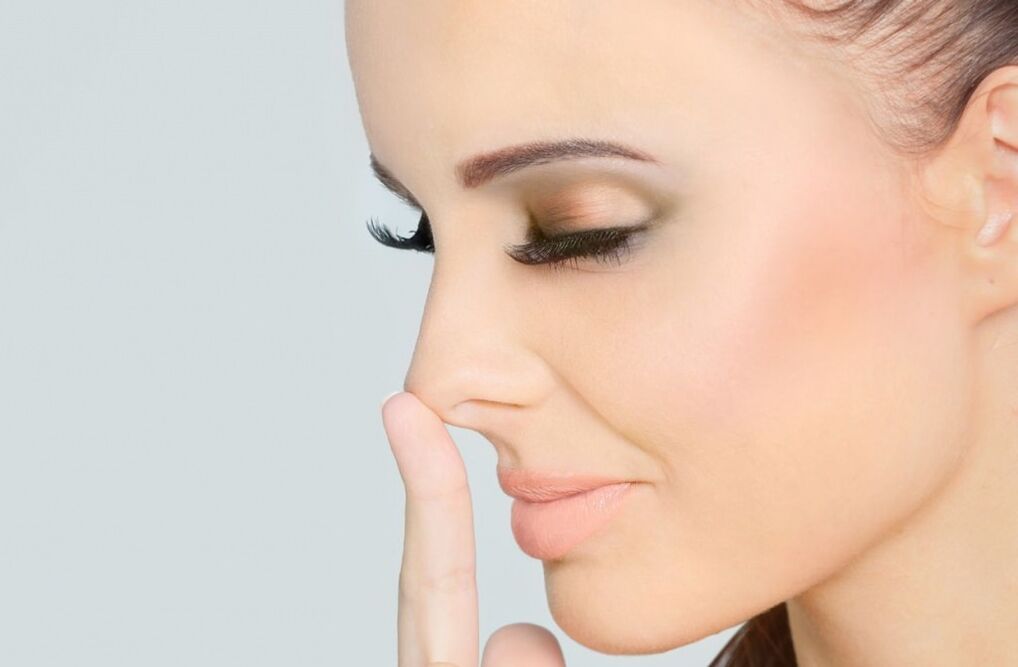
Rhinoplasty use threads
Using threads to perform this process, the doctor pulls the nose and nose wings. These threads have a special puncture on the nose and just like it pulls up the nose.
Surgeons do not often use spermatoplasty using threads because it has several disadvantages:
- After the operation, there is a high possibility of scar formation.
- The occurrence of contours and ugly noses in "points";
- The possibility of breaking in threads is high because the nose is very movable, which provides the unreliability of this process.
Pros and cons of rhinoplasty
Advantages of rhinoplasty:
- Satisfied with the appearance after the surgery;
- Any defects in the successfully executed program are completely eliminated;
- Improve breathing of preoperative diseases.
Disadvantages of rhinoplasty:
- Possibility of obtaining infection;
- Loss of nose sensitivity;
- bleed;
- Failure to perform the operation successfully, complications;
- The nose has deteriorated and I’m dissatisfied with the final result.
Adaptations and contraindications
If a person has a congenital nasal defect, he can undergo rhinoplasty as an adult. Usually, the age of 18 to 40 is considered the most suitable age for the procedure when the body has formed and the person makes a balanced decision.
Indications for rhinoplasty:
- There is a hump on the nose;
- congenital nasal defects;
- nasal defects obtained from injury;
- Nose invasion or totally impossible to breathe;
- The volume of the nostrils is too large;
- The nose is too long.
- The nose is in the form of a wrinkled saddle;
- Add the nose of the hook;
- The nose is too thick;
- The nose is too sharp.
Contraindications for rhinoplasty:
- human minority (if injured as a child, then procedural may be performed in premature lines);
- age after fifty years (since this age group, a person has a risk of various complications and worsens the wound’s recovery process);
- The presence of diabetes;
- Various kidney or liver diseases;
- The patient's blood clotting problem;
- Severe heart disease and blood vessels;
- Acute viral disease;
- There is a tumor disease;
- The existence of mental disorders;
- If there is no nasal defect, no rhinoplasty is required at all.
Preparing for rhinoplasty
Since rhinoplasty is a complete procedure, the patient should perform the following procedures for a period of time before this:
- A comprehensive examination of the presence of cardiovascular disease.
- By examining and receiving advice from the therapist, neuropathologist, Laura, anesthesiologist, surgeon, they will perform the surgery, etc.
- To discuss all possible consequences of the surgery with the surgeon and determine future forms of nose, width, etc. The type of anesthesiologist is also required to discuss with the anesthesiologist, who will use it during the surgery.
- Pass all necessary tests.
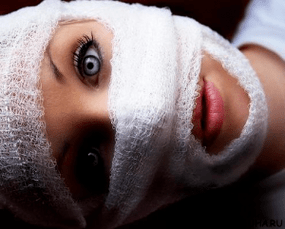
Perform operation - Phase
Speroplasty is performed at these stages:
- The patient was subjected to anesthesia;
- Perform other anesthesia;
- Afterwards, the surgeon makes an incision in the lower shell of the nose and starts directly from his work (this surgical intervention can be both closed and open);
- The surgeon adjusts all defects in the nose according to the patient's specific problems, corrects irregularities, humps, etc.
- If necessary, he can replace the missing trolley in the nose from other areas or implanted in artificial cartilage.
- After the operation was completed, the surgeon sewed the nose and applied a fixed bandage.
Depending on the complexity and level of the process, the rhinoplasty can last 50 minutes to 2 hours. It should also be mentioned that the nose after surgery may undergo independent changes in the form of improvement or worsening.
All of this depends on the patient, who follows medical advice, directly, the results of the surgery itself, and can only be seen after 6-8 months.
Rehabilitation period
After rhinoplasty, vaccines, swelling and hematoma form around the nose and area, usually within two weeks. After the operation, a special fixing bandage is applied to the patient's nose and must be worn within ten days. The tampon will also be inserted into the nose, which will prevent bleeding so that the patient cannot breathe his nose for some time.
The results of the operation can be evaluated within six months and the final result is one year. The delay in wounds after surgery depends on each person's individuality and his vital status. If complications are observed after surgery, the healing line can be significantly increased.
After the rhinoplasty, I hope to visit his surgeon to check the nose after the rhinoplasty.
Suggestions before and after surgery
Before the surgery, the patient follows:
- Give up all bad habits (alcohol, fatty food, etc. );
- A few days before the operation, drugs and products are prohibited, which will cause a decrease in blood clotting in the body.
After the operation, patients need to comply with the following requirements:
- During the first few months after rhinoplasty, people were unable to participate in exercise (gymnastics, running, etc. );
- Swimming is undesirable.
- Don’t eat too hungry or hot to avoid bleeding;
- Wash carefully without touching the nose and area around him;
- Avoid drastic changes in facial expressions;
- Wear clothes that don't need to take off your head.
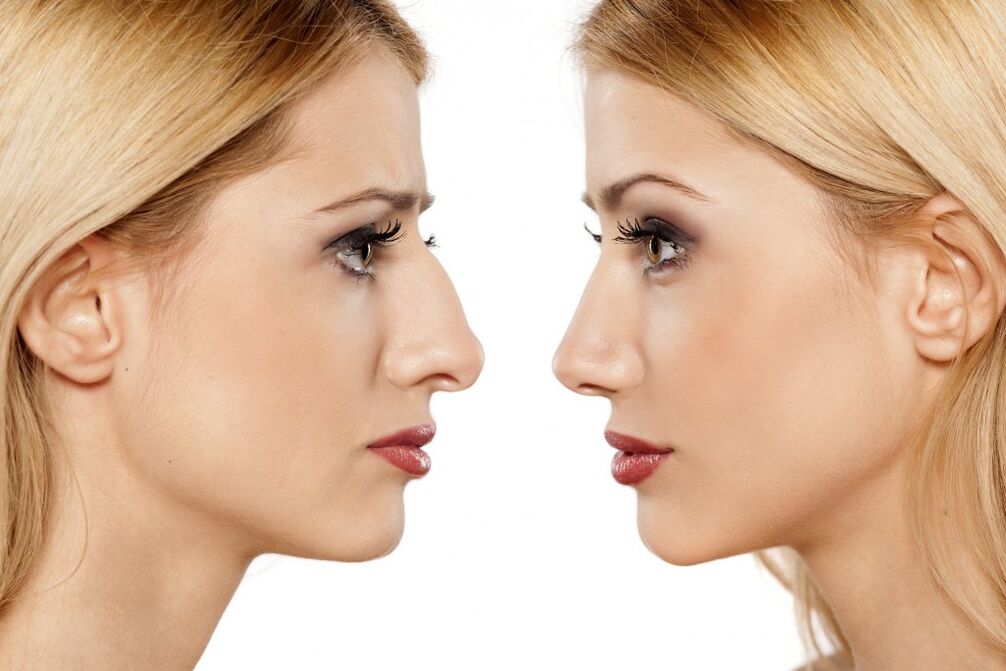
Possible complications after surgery
During rhinoplasty or the procedure itself, the following complications may occur:
- Allergic to anesthesia.
- Rich nosebleed.
- Edema in the nose area (the first few weeks after surgery) may interfere with normal nasal breathing.
- Swelling on the face (on the eyes, cheeks and other parts of the face).
- The occurrence of a hematoma on the face.
- Reduce the sensitivity of the nose skin or absolute loss for a period of time.
- Risk of infection.
- Large scars may form to eliminate what operations are needed.
- Difficulty after surgery (depending on the type of surgery and procedure). Will be performed using nasal cartilage.
- No odor or partial loss occurs.
- Skin stretch or loss of flexibility (over-cutting of cartilage in the nose can occur).
- Narrow tissue.
- The formation of age spots or the manifestation of blood vessels on the skin of the face.
- The fatal consequences of allergic shock.
- The patient was not satisfied with the final result of the procedure.
- Through the surgeon's fault, the procedure fails.
result
After 10-14 days, the first result of the operation will be visible. However, the patient will only see the final result after 8-10 months, when all the numerous edema and bruises will leave, and the fabric will "drop" the new nose.
Often, relatives and friends do not notice significant changes in the patient's appearance after the operation. Due to hematoma and swelling, the entire result will be flooded. In this case, the patient does not need to undergo a repeat rhinoplasty immediately, but it is only expected if the face is in its usual form and then the final result is evaluated.
Additionally, it should be shown that rhinoplasty does not have a genetic effect and does not consider the child-transmission clan as some patients do. This operation improves the appearance of only one person.




















